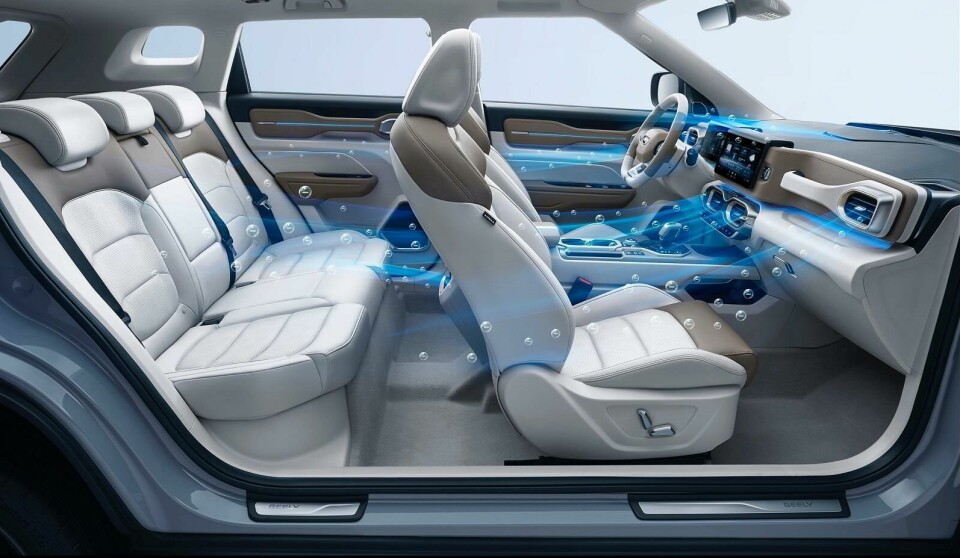
In-car virus busters
How Chinese car manufacturers have adapted fast and integrated in-car systems to filter particles (including viruses) from the car
When Elon Musk in 2015 announced Tesla’s bioweapon defence mode the world laughed. Now it seems a number of Chinese producers are laughing with Musk and hoping that it will be all the way to the bank.
From 2016 Tesla began selling the Model Y and S equipped with HEPA (high-efficiency particulate absorbing) filters. Being able to block particles as small as 0.1 microns they can block viruses such as 2019-nCoV, which has a size of 0.125 microns.
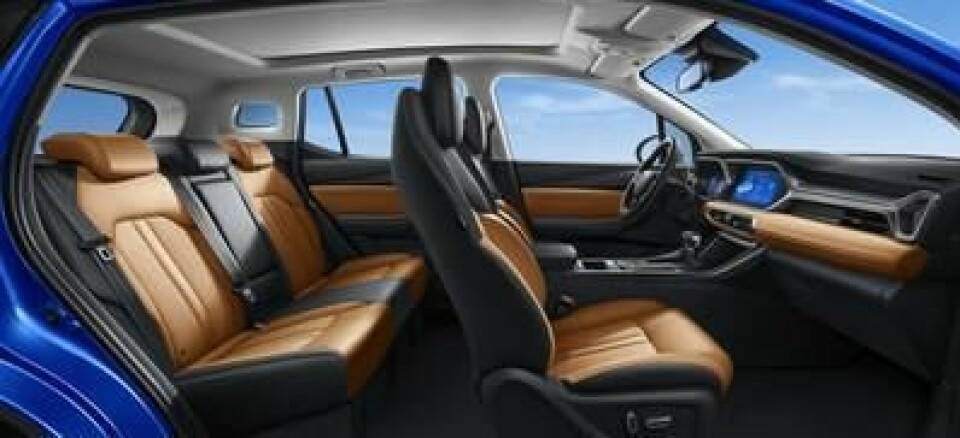
Air cleaning systems on Chinese cars are not exactly new. With many cities for years having frequent days with hazardous levels of PM2.5 pollutants above 300, many manufacturers introduced systems to lower levels in their cars. However, when the magnitude of the coronavirus issue became apparent in January a number of OEMs rushed, in conjunction with their suppliers, to create systems which could protect car occupants from the virus.
Like Tesla the systems developed by GAC and Geely rely on upgrading the air filtration system to try to block the virus from entering the car’s cabin. SAIC’s system, although also integrated into the air conditioning system, rather than trying to block viruses aims to kill them.
Chinese New Year, where most of the country shuts down for a week, was meant to stretch from January 24 to February 2 but with the virus situation the government extended it by another week. The reality was that many shops, offices and factories didn’t reopen until early March.
GAC were the first to put a solution on sale. From February 15 all GAC branded cars in China have come as standard with the new system – for export models it is an added cost option. Known as the G-HEALTH Cabin Project GAC claims the system can block 97% of PM2.5 (particles of 2.5 microns and below). The system is triple layer and key is its ability to block droplets - the coronavirus commonly attaches itself to water droplets. “It uses highly purified composite materials which can steadily adsorb particles and inhibit viruses” says a GAC spokesperson. GAC collaborated with Purafil, from the US, to research the antiviral layer in the filter.
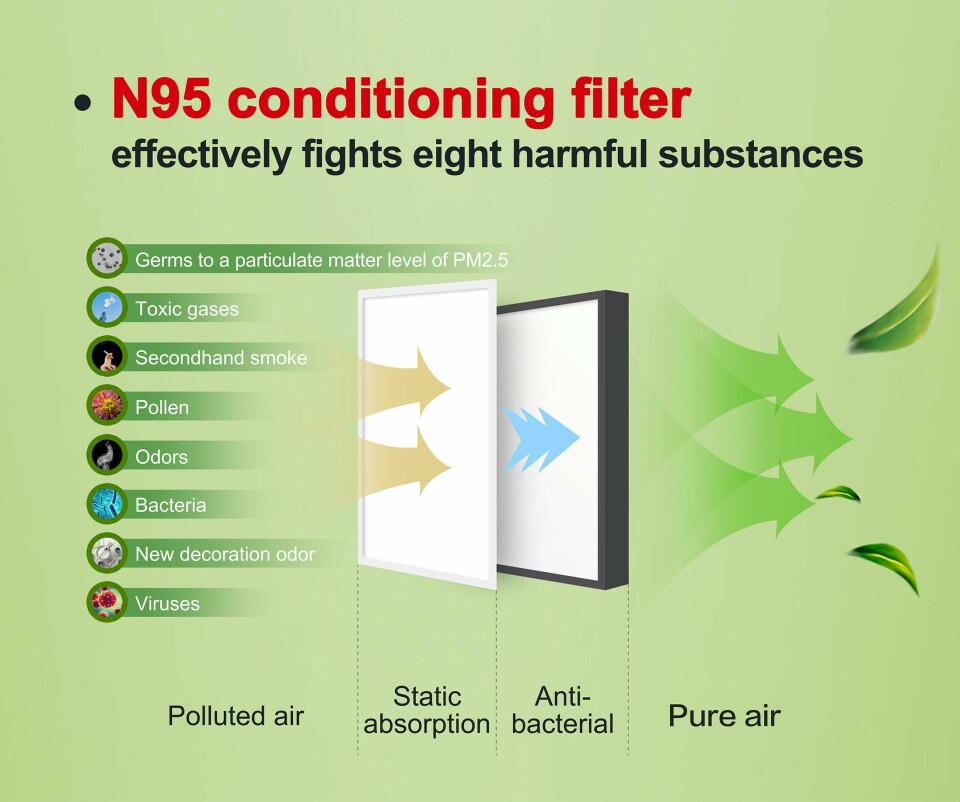
The Geely Icon, which went on sale on February 24, was the first Geely model with the company’s new system – all Geely models now feature it as standard. Like the GAC system Geely uses three layers of filtration although it adds an optional fourth. The first pre-filtration layer is designed to block particles larger than 10 microns and some smaller particles and uses electrostatic fibres. An activated carbon layer removes gases such as from car exhausts and cigarettes along with chemicals like benzene and formaldehyde. A final N95 meltblown layer is designed to stop PM2.5 particles. “The filtration efficiency is above 95%, which can effectively filter bacteria, dust and other viral carriers” says Li Li, Deputy Director of Geely Vehicle Engineering Center. An optional forth bactericidal/anti-allergic layer aims to kill bacteria and inhibits allergens such as pollen, using natural plant polyphenols.

Known as the IAPS (intelligent air purification system) Geely developed the new system in 20 days as a direct result of the virus. It however grew out of Geely’s Healthy Car Project launched about three years ago. In early February Geely announced an additional RMB370 million funding into R&D into healthier cars. “In addition to anti-virus, in the future, we will simultaneously plan forward-looking fields such as one-button sterilization in the car, intelligent health monitoring, and babycare-level ecological protection” says Li adding she expects new technologies to be rolled out over the next two years. Geely has recently launched drone delivery of the keys for new cars to minimize human contact during the virus crisis.
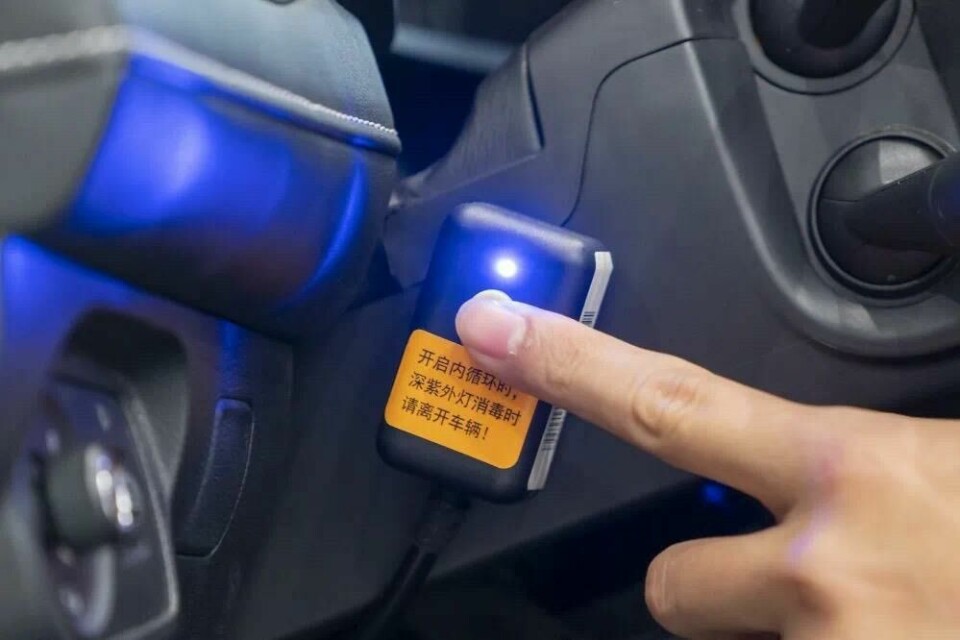
SAIC’s system launched a day after Geely’s on February 25. Initially available as standard on some Roewe models such as the Ei5 and RX5 Max, from February 29 it has been available on all SAIC own brands and joint venture cars as a dealer fitted after sales feature. Whereas the GAC and Geely systems use filtration to try to block the virus the SAIC system developed by their supplier Sanden Huayu Automotive Air-Conditioning Co., Ltd uses deep ultraviolet (DUV) to kill the virus. Widely used in the medical field DUV uses ultraviolet light with wavelengths in the range of 200 to 350 nanometres.
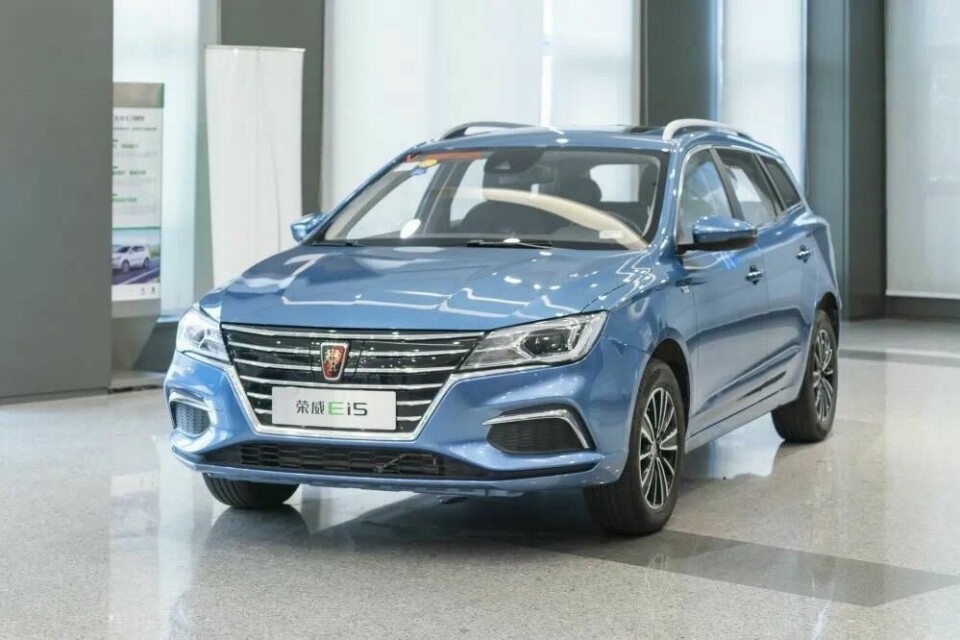
“Deep ultraviolet light has obvious advantages over ultraviolet light in the effect of killing bacteria and viruses and during this process almost no ozone would be produced by deep ultraviolet. Deep ultraviolet rays can destroy the molecular structure of DNA (deoxyribonucleic acid) and RNA (ribonucleic acid) in microorganisms, causing the genetic material in viruses, bacteria and other microorganisms to break, crosslink or form photochemical products, so as to achieve the purpose of virus elimination. All coronaviruses are single-stranded positive-strand RNA viruses” says Wang Tianying, senior manager powertrain integration programme.
Car occupants press a button to start the system and it takes from two to ten minutes to fully clean the air in the cabin. SAIC claims that it has no real effect on EV range either. They initiated the programme on January 28 with a core team of 15 engineers and an additional 10 support engineers. “Everybody in China at that period of time, were very sensitive with the virus situation, and it triggered the need for anti-virus products and service” says Wang.
In the post coronavirus world we may well be seeing manufacturers around the world implementing such systems along with the use of interior materials that do not allow viruses to survive on them for a long time.



